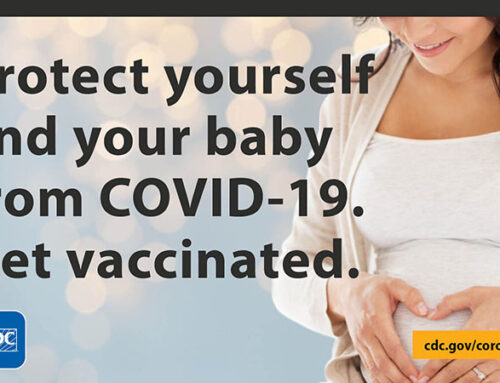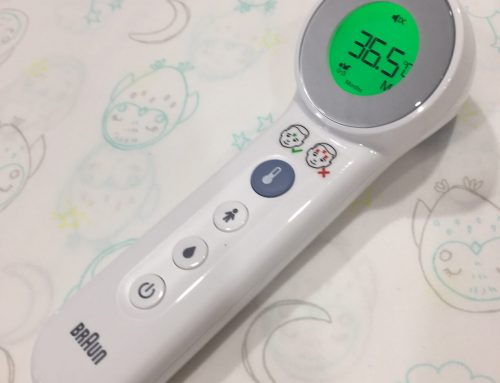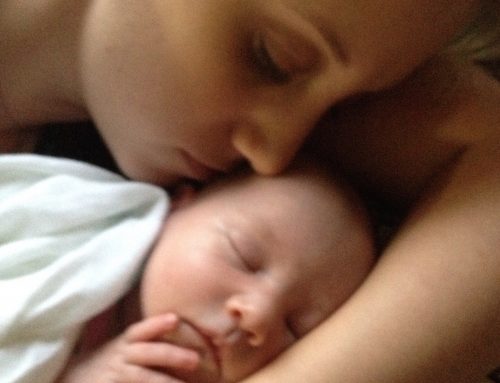Anyone who is in any doubt about the value and effectiveness of chickenpox (varicella) vaccination should read the article published in Paediatrics journal this week.
This study was conducted in Northern California looking at the difference between the incidence of chickenpox from the era immediately before, and the years since the vaccination was introduced in 1995.
There was some concern when the vaccination was first introduced that it might merely push the incidence of chickenpox out into the teenage years and later when the severity of the disease might be greater.
This new study shows that in 1995 76% of children between the ages of 5 and 9 had had chickenpox. By 2009 that incidence had dropped to 4.9%.
Looking at three age categories (5 to 9 yrs, 10 to 14 yrs, and 15 to 19 years) they found a 90 – 95% reduction in occurrence of the disease in all age groups. So the concern about the vaccine pushing the disease into adolescence was found to be groundless. There was also a 90% decline in hospitalisation for chickenpox, which implied that those who still got the disease got it less severely.
In 2006 a second dose was recommended and was implemented in Northern California. This move increased the effectiveness of the vaccine to about 98%. This was reflected in the 2009 data by an all-time low incidence of the disease.
In Australia the chickenpox (varicella) vaccine is administered in the schedule at 18 months. It used to be a separate injection but has now been combined with the MMR (Measles, Mumps, Rubella) vaccine now called the MMRV.
If it is missed, there is a catch-up programme for the 10 -13 year olds.
This study was conducted in Northern California looking at the difference between the incidence of chickenpox from the era immediately before, and the years since the vaccination was introduced in 1995.
There was some concern when the vaccination was first introduced that it might merely push the incidence of chickenpox out into the teenage years and later when the severity of the disease might be greater.
This new study shows that in 1995 76% of children between the ages of 5 and 9 had had chickenpox. By 2009 that incidence had dropped to 4.9%.
Looking at three age categories (5 to 9 yrs, 10 to 14 yrs, and 15 to 19 years) they found a 90 – 95% reduction in occurrence of the disease in all age groups. So the concern about the vaccine pushing the disease into adolescence was found to be groundless. There was also a 90% decline in hospitalisation for chickenpox, which implied that those who still got the disease got it less severely.
In 2006 a second dose was recommended and was implemented in Northern California. This move increased the effectiveness of the vaccine to about 98%. This was reflected in the 2009 data by an all-time low incidence of the disease.
In Australia the chickenpox (varicella) vaccine is administered in the schedule at 18 months. It used to be a separate injection but has now been combined with the MMR (Measles, Mumps, Rubella) vaccine now called the MMRV.
If it is missed, there is a catch-up programme for the 10 -13 year olds.
http://pediatrics.aappublications.org/content/early/2014/06/03/peds.2013-4251.full.pdf










Leave A Comment
You must be logged in to post a comment.